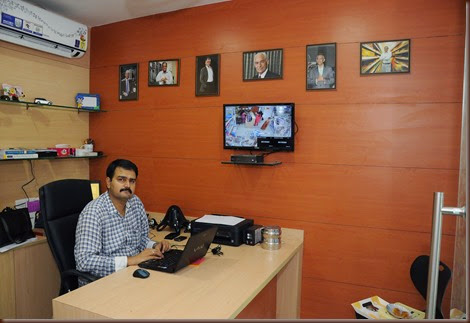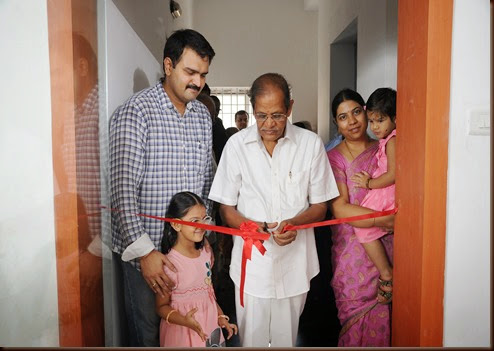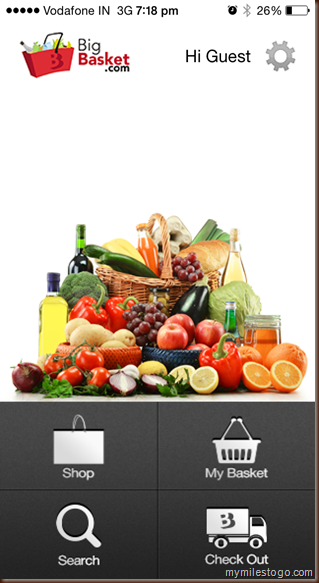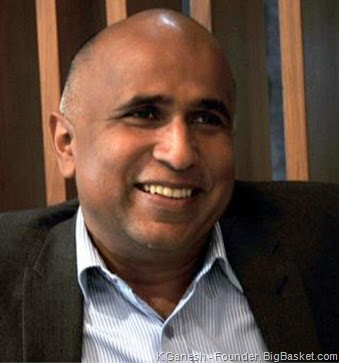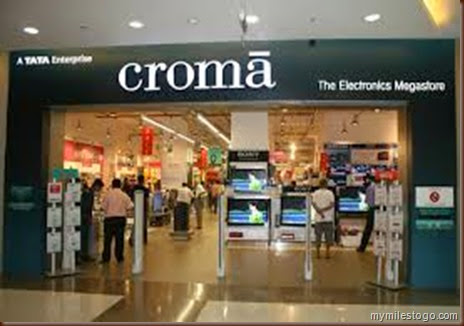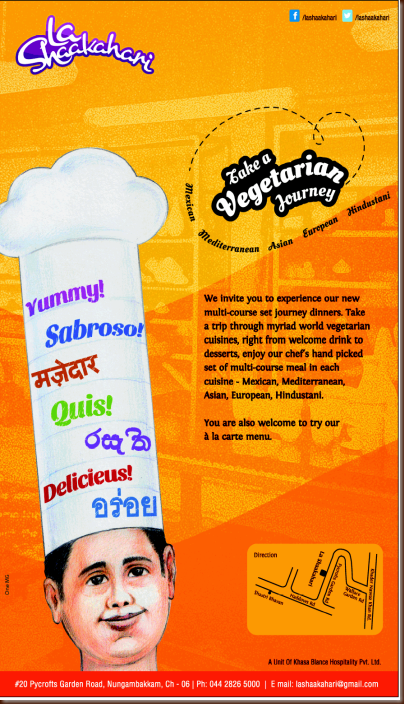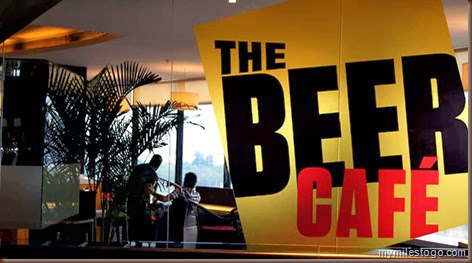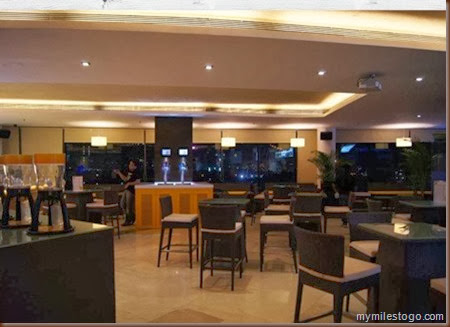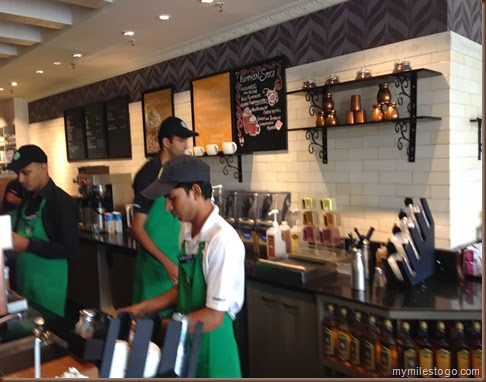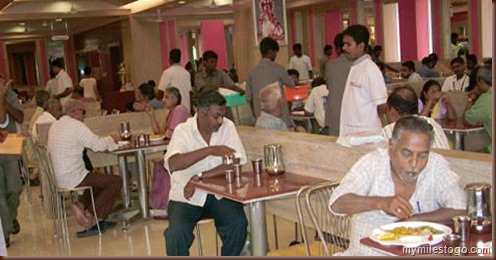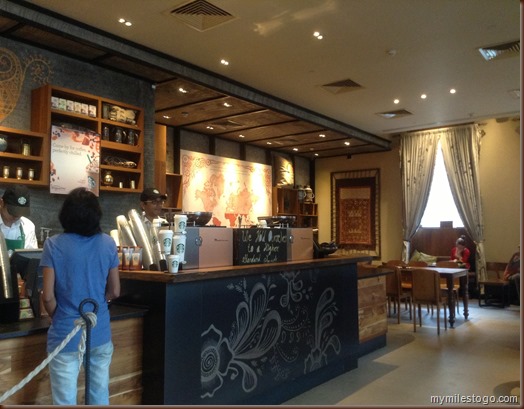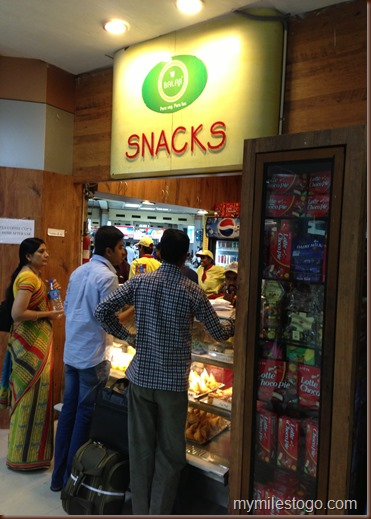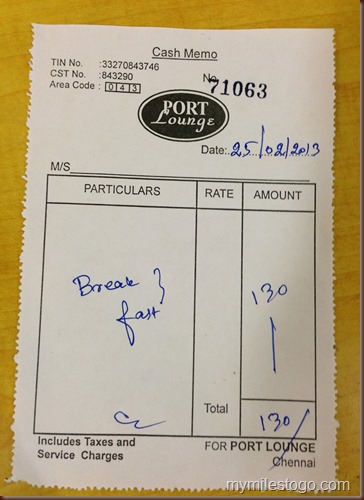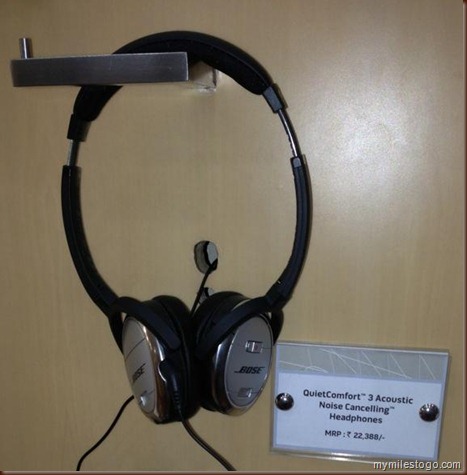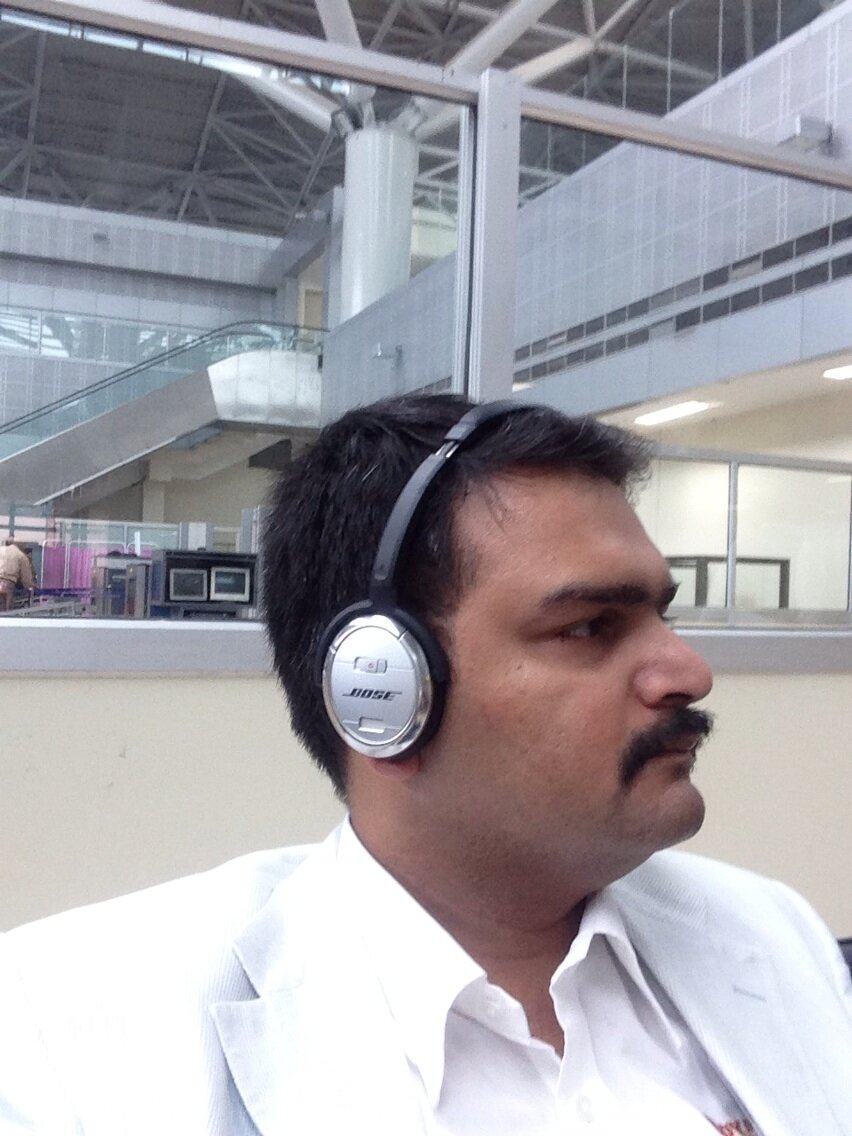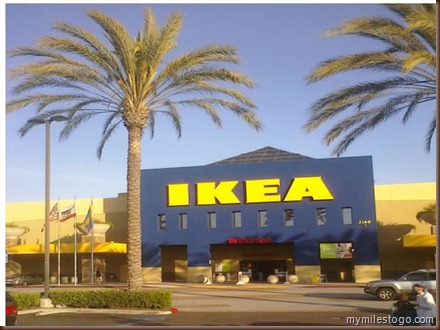I started my entrepreneurial journey exactly six months back from today, on 1st Aug. 2014. The journey has been nothing less than a roller coaster ride. I have always wanted to have a company for myself, but for that to happen in 2014 was based on various conditions at workplace and home. The last six months have been super exciting – everyday has been a revelation. I set foot by creating a retail business for myself, Smiling Baby which is a baby care venture that focuses on a wide range for products aimed at newborn children upto six years of age and catering to the aspirational middle class to shop in an affordable, comfortable and convenient environment. Confluence Retail Private Limited was established on an auspicious occasion – Teacher’s Day, which fell on 5th Sep. 2014. It was a great way of me dedicating my efforts to my teachers and Gurus, my mentors and well wishes and to everyone who have taught me a lesson or two in my personal, professional and public life.
We inaugurated the (physical) retail store on Friday, 26th Sep. 2014 and the venture is seeing good traction. We are currently taking the next big leap of taking the business to the web, but it wouldn’t be yet another E-Commerce store selling diapers and creams at deep discounts but something more engaging and interesting.
Here are some lessons that I learned as an Entrepreneur which I would like to share;
- Time Management – From waking up in the morning to hitting the sack late in the night, time is at our own disposal. What we do with it completely depends on what outcome we expect out of it.
- Results are directly linked to the efforts we put in. Well, its the same while we work somewhere else, but most probably we are working in large or small teams. But as an Entrepreneur, we are working for ourselves and most often alone, or in a short team.
- Blame ourselves when things go wrong; probably try to put the pieces together and find out what went wrong, where and why. No Blame Game – no one to pass on the buck - to juniors, seniors or peers.
- Money Management is key – as important as managing time. While most Entrepreneurs start off with a buffer of savings, what we fail to remember is to keep maintaining or building the buffer from time to time to help you stay longer in the game.
- Trusting those around – this has been a great challenge for me. While we work for large organizations, we believe people will do their job. But when you are on your own, it requires a lot more monitoring and follow-ups.
- Getting compliments from your first time and repeat customers – gives us a high but also makes us to be more and more modest.
Some of the pain points compared to a professional life;
- After being in the Corporate world for a decade and a half, we expect a certain level of professionalism at work, which doesn’t happen in most cases.
- People walk in at their will at your office and expect you to value their time, leaving behind what we have been working upon.
- There is no respect for appointments – in most cases, we are taken for granted since we don’t carry a business card of a popular company!
- Money is always scarce, especially if we are used to a certain lifestyle.
- Friends and Family look up to us differently – as though we are wasting time without pursuing a full time job.
Overall, its been one exciting journey, a very long in terms of knowledge yet a short one in time. I have learned a lot more things in the last six months than in the past six years or so, probably. Setting up your own company, especially in the Retail world which has its own complications from Finance to Supply Chain, Marketing to Operations.
The journey has just begun and I have Miles to Go before I sleep…
